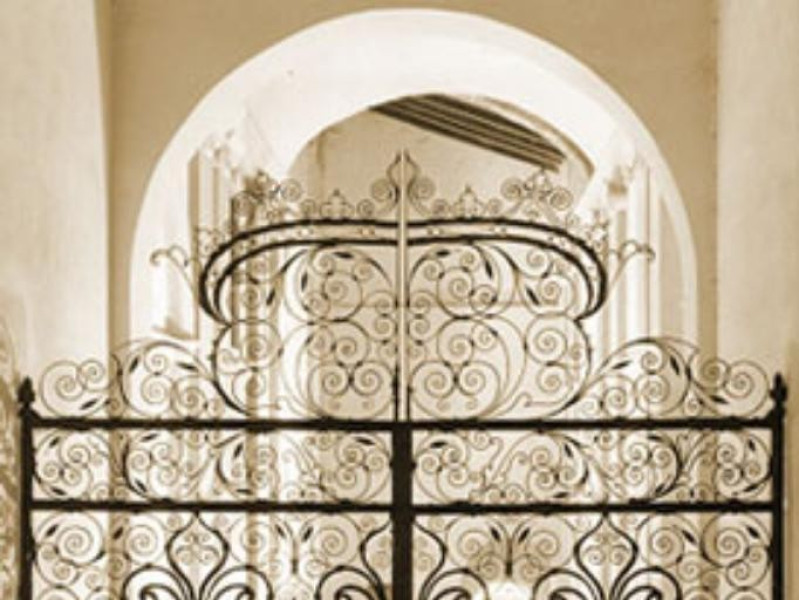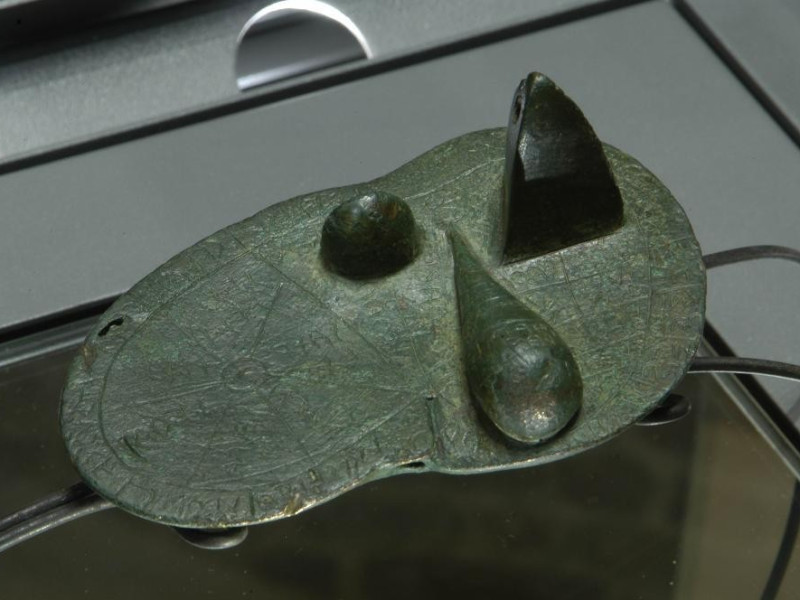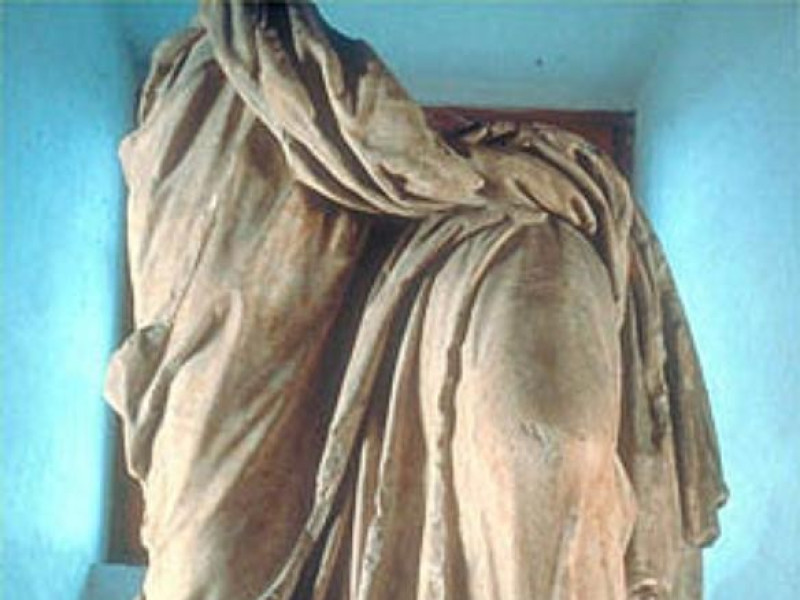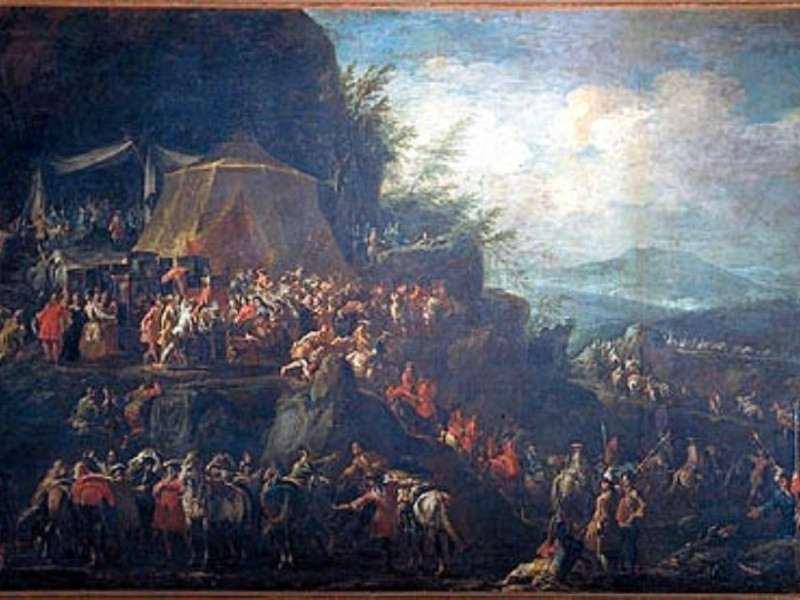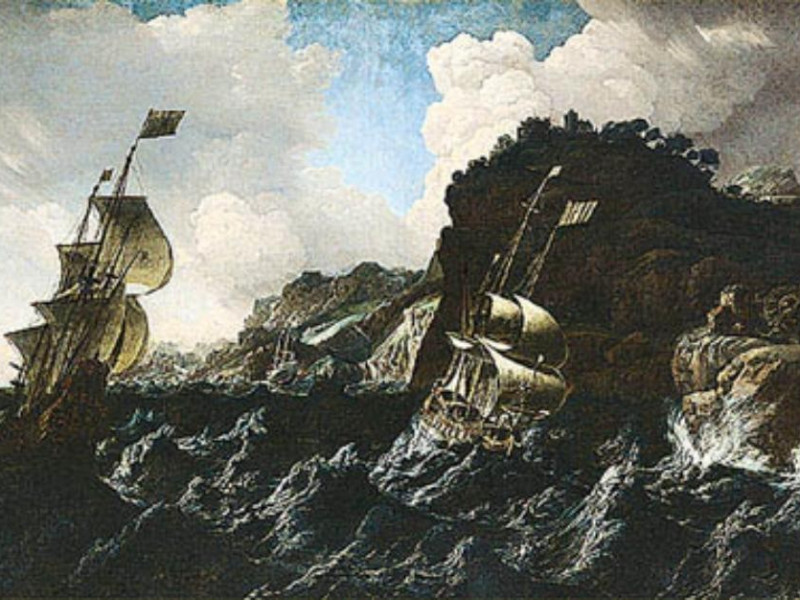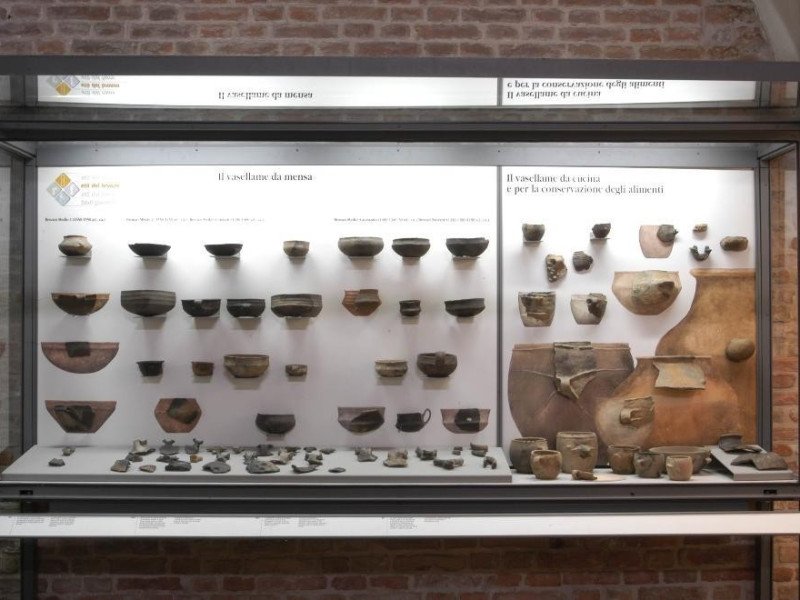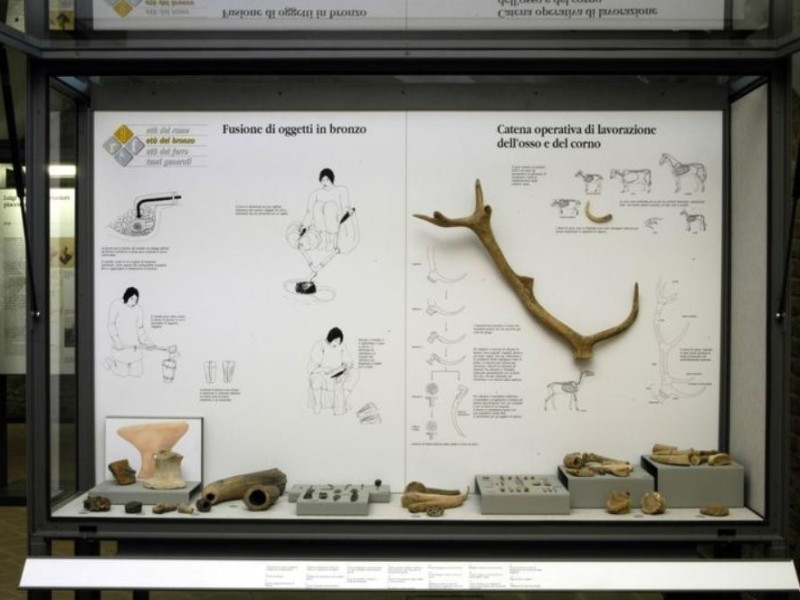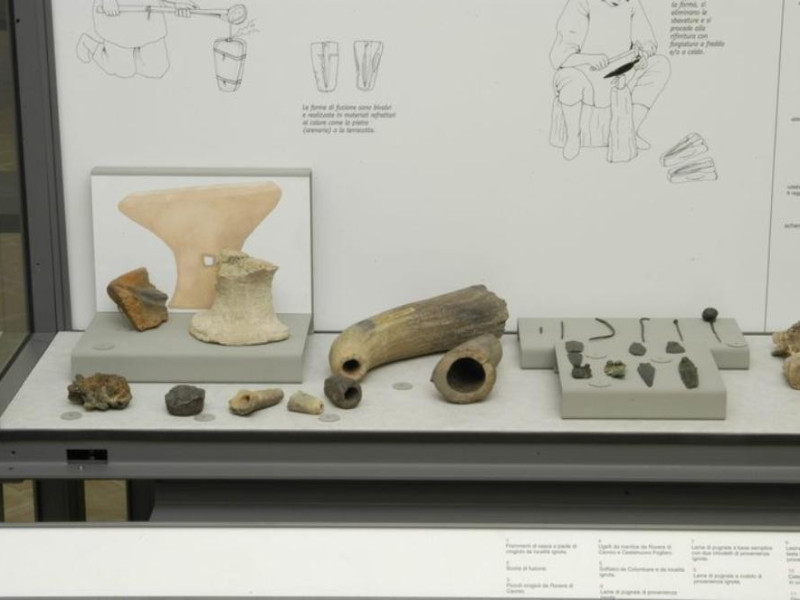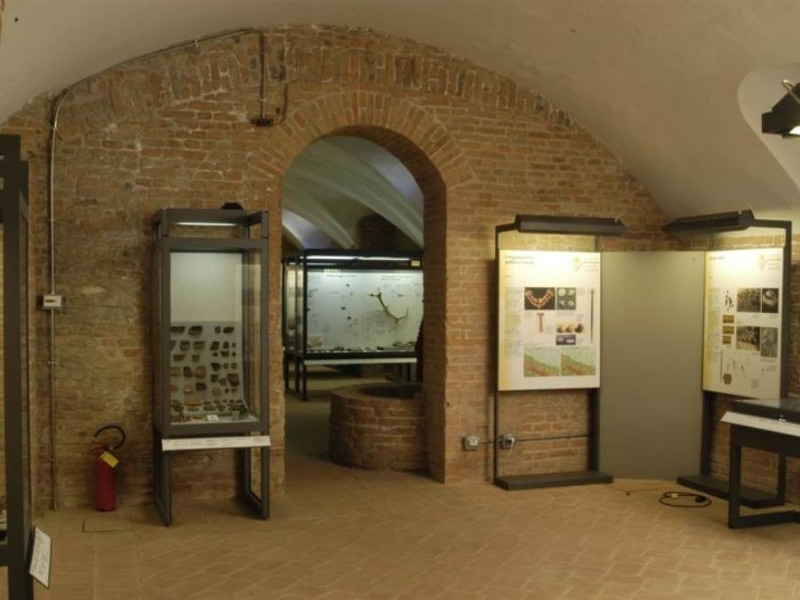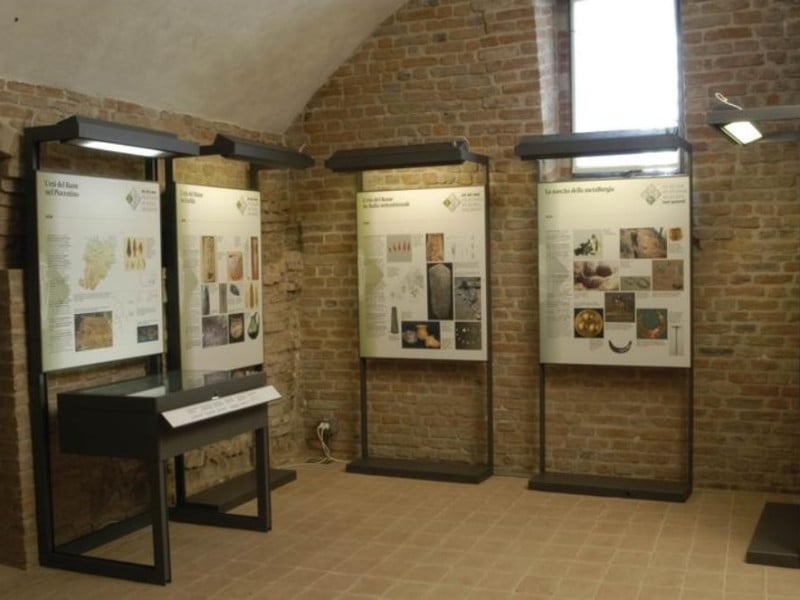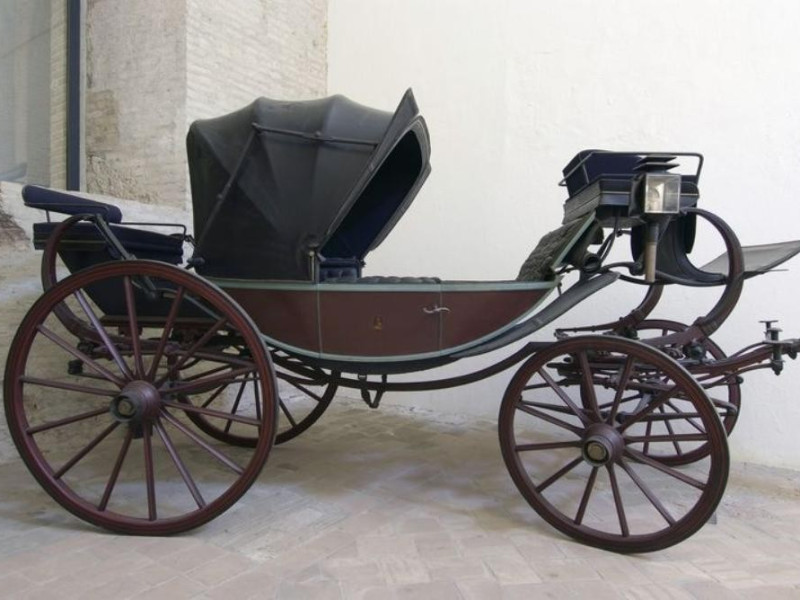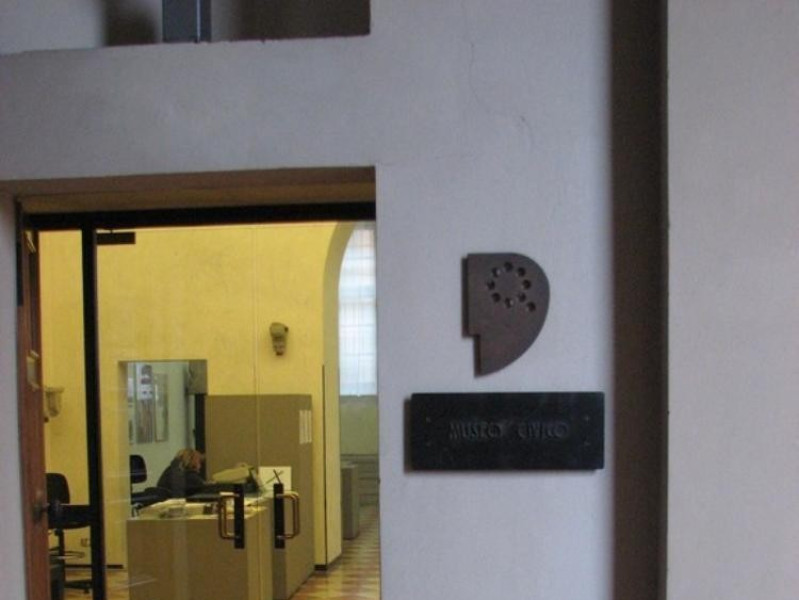Musei civici di Palazzo Farnese
The Civic Museum, housed in the rooms of Palazzo Farnese, consist of Civic Art Gallery, Archaeological Museum, Carriage Museum and Museum of the Risorgimento. The visit offers to trace, in a unique and heterogeneous itinerary, the historical-artistic evolution of this city and its territory. The exhibition starts from the basement of the palace, where are kept the archaeological section, which houses the interesting Etruscan liver, and the collection of carriages; the mezzanine floor are collected sculptures, medieval and Renaissance frescoes, ancient weapons, glasses, ceramics and the testimonies of the Risorgimento. The visit ends then on the first floor with the Art Gallery, whose works document the figurative culture of Piacenza from the sixteenth to the nineteenth century. Of particular note we report the famous "Round Botticelli". The path of the Museum, reorganized in 1997, opens with the mezzanine section of the tiles and glass, with pieces dating between the sixteenth and eighteenth centuries. Follow the apartment filled and a part of the Fasti Farnese, exposed in some rooms decorated with stucco designed by A. Sighizzi with contributions of Bibiena. The decoration was commissioned in 1685 by Duke Ranuccio II, who commissioned Marcantonio Franceschini, Giovanni Evangelista Draghi and Mauro Oddi execution cycle of paintings entitled to Alessandro Farnese. Four monumental para-fireplaces in gilded wood, precious works engraver Lorenzo Aili (1675), testify the splendor of the Farnese court along with other furnishings of the seventeenth century. In 1690 Sebastiano Ricci ended the series of paintings framed by stucco, twenty-six still existing, with the stories of Paul III Farnese. Photographic reproductions documenting then the works of art transferred to Naples by Charles of Bourbon (1734), not included in the partial restitution of 1928. The itinerary continues with a section of the frescoes mostly coming from the church of S. Lorenzo, dating from the first half of the fourteenth and early fifteenth century. Valuable fragments from the chapel of St. Catherine, attributable to craftsmen close to Giovannino de' Grassi. The following rooms (10-14) preserved Romanesque sculptures of the "School of Piacenza", inscriptions and coats of arms; to report a rare Crucifix in copper and bronze, from Vigolo Marchese, the end of the eleventh century. Follow other sculptures, between the fifteenth and eighteenth century, and the section of the ancient weapons, including some portraits. The undergrounds houses the collection of carriages, which began with the substantial donation of Count Brondelli increased then from other acquisitions, which has about fifty pieces from the eighteenth to the twentieth century, among which prestigious Italian workshops. It is located in the same environments the archaeological collection, which preserves testimonies concerning the population of the territory from the Paleolithic to the Neolithic; of particular interest is noted the famous Etruscan Liver of Piacenza, only direct source of knowledge of the Etruscan hepatoscopy (reading the liver for divination purposes), dating from the late second and early first century BC. On the mezzanine floor it can find the Museum of the Risorgimento, which opened as an autonomous institution and then merged between the Museums of Palazzo Farnese includes documents, uniforms and memorabilia, donated in part by Count Barattieri, tracing the history of the Risorgimento of the city from 1831 to 1870. Considerable space is devoted to the movement of Mazzini and Garibaldi, the activity of local patriots and especially Joseph Manfredi, chairman of the committee of insurrection in 1857 and governor of the provinces of Parma. Among the relics, a tricolor with Savoy coat of arms, the sketch for the monument to Garibaldi in front of the station, weapons and coins, over five thousand pieces including the complete series of coins minted in Piacenza. As for contemporary art Palace has hosted various programs and group exhibitions and monographs, including "The soul of the 900. From de Chirico to Fontana" from Mazzolini Collection, donated to the diocese of Piacenza-Bobbio by Rosa Mazzolini, in whose collection was already merged the brothers Simonetti: a collection of 899 works organized between the sixteenth century in Palazzo Farnese, Palazzo del Podestà of the Castle and the Bishop's Palace of Bobbio. Among other exhibits, include the staff of Rebecca Forster "The liver of Piacenza", and the personal of Dino Maccini and Sergio Brizzolesi. In 2011, on the occasion of the opening of the "Omeofestival Piacenza", dedicated to the element of fire, there was the performance of Bianca Maria Blacks "The warmth of color"; then instead the halls of the Museum hosted the staff of Christian Zucconi entitled "Stigmata".


